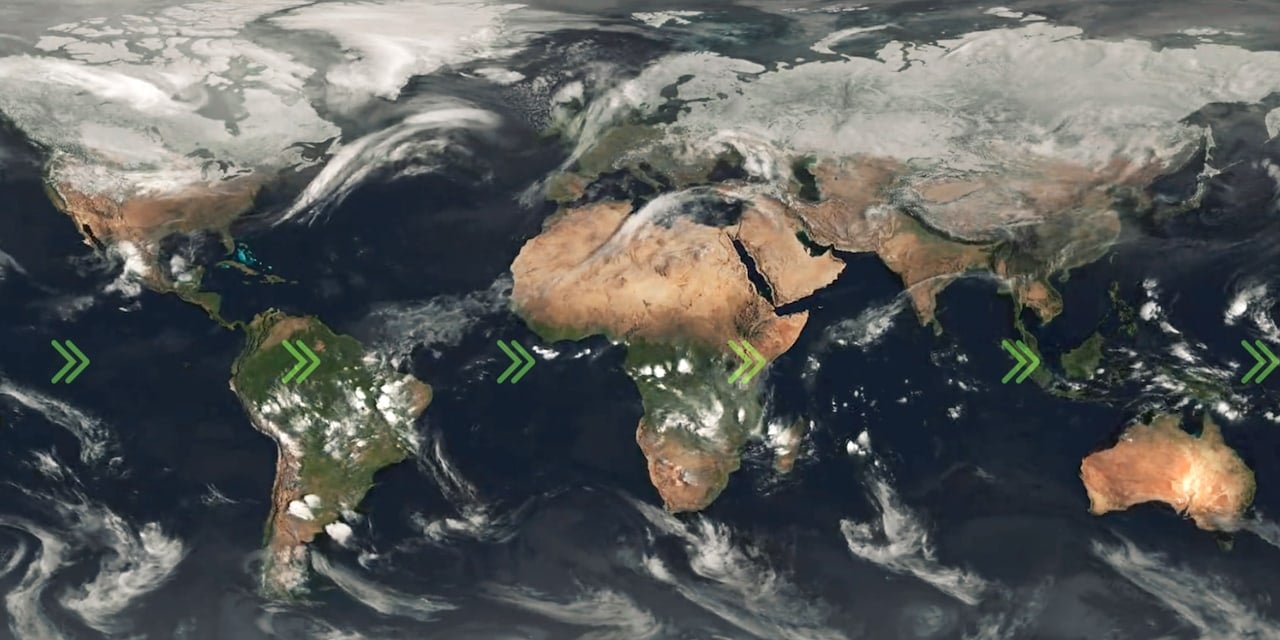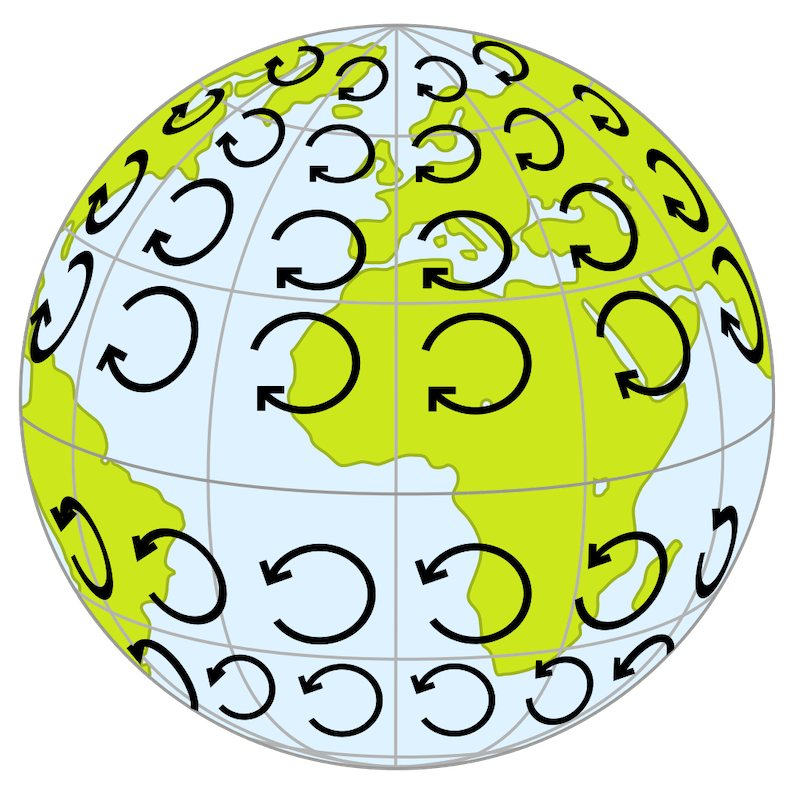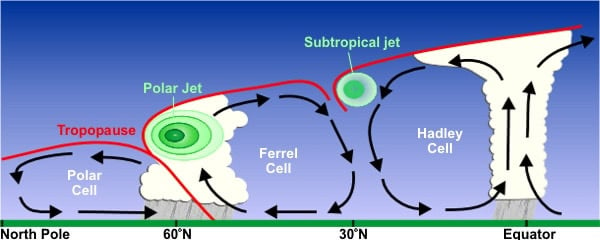Do you know what the Coriolis effect is? It is the phenomenon that explains questions such as: Does the speed of aeroplanes vary depending on the direction in which it is travelling? Which way does an aeroplane go faster, east or west?
We could propose that the rotation of the Earth might favor flying one direction over the other. For example, a child releases a balloon and, as the Earth rotates and passes beneath the balloon, the balloon can travel from Madrid to NY without any difficulties… But not quite and today we’ll explain you the reason.
Due to inertia, as the balloon ascends it stays above the boy all the way up. But when we take the wind into account, everything changes. Due to the rotation of the Earth which generates the Coriolis Effect.
Globally, the wind mainly blows from West to East, and this effect is even more pronounced at altitude in the Jet Stream, speeding journeys towards the East. So, in general but not always, aircraft can travel more rapidly from West to East.





